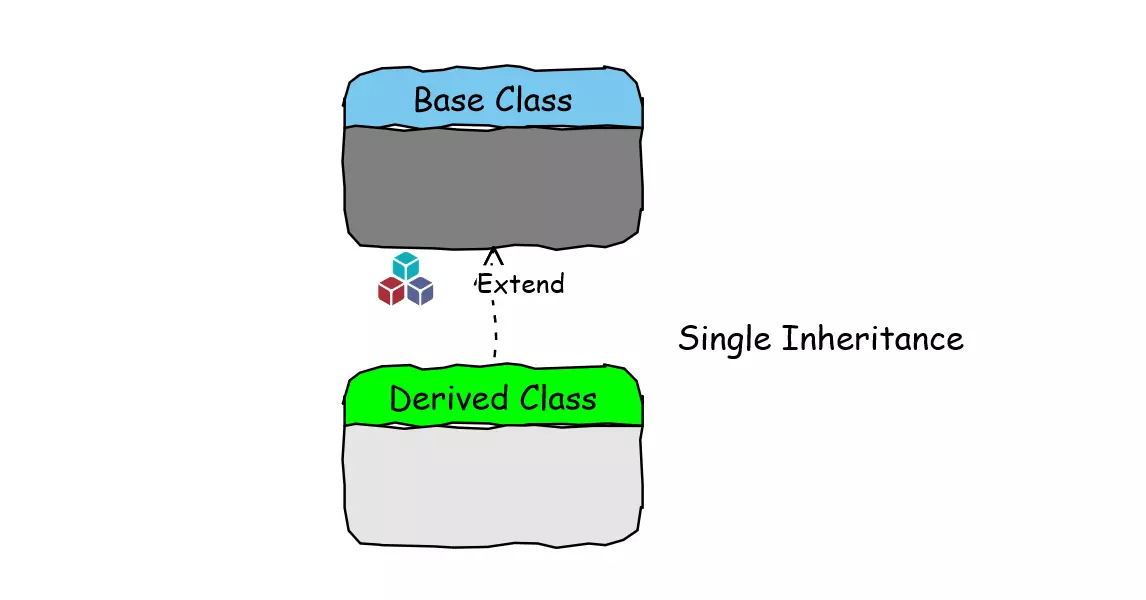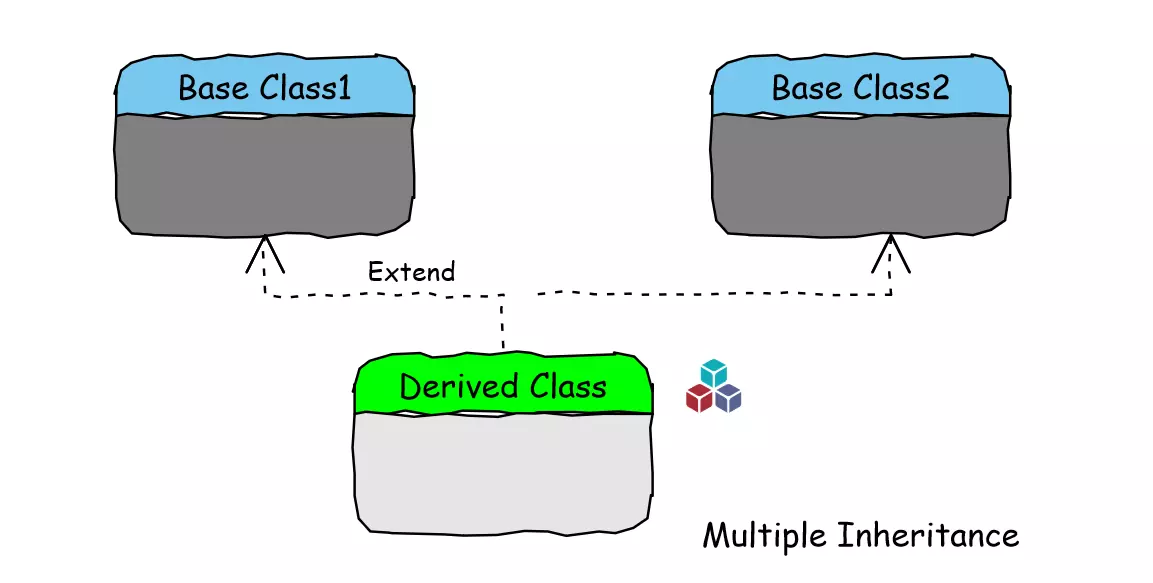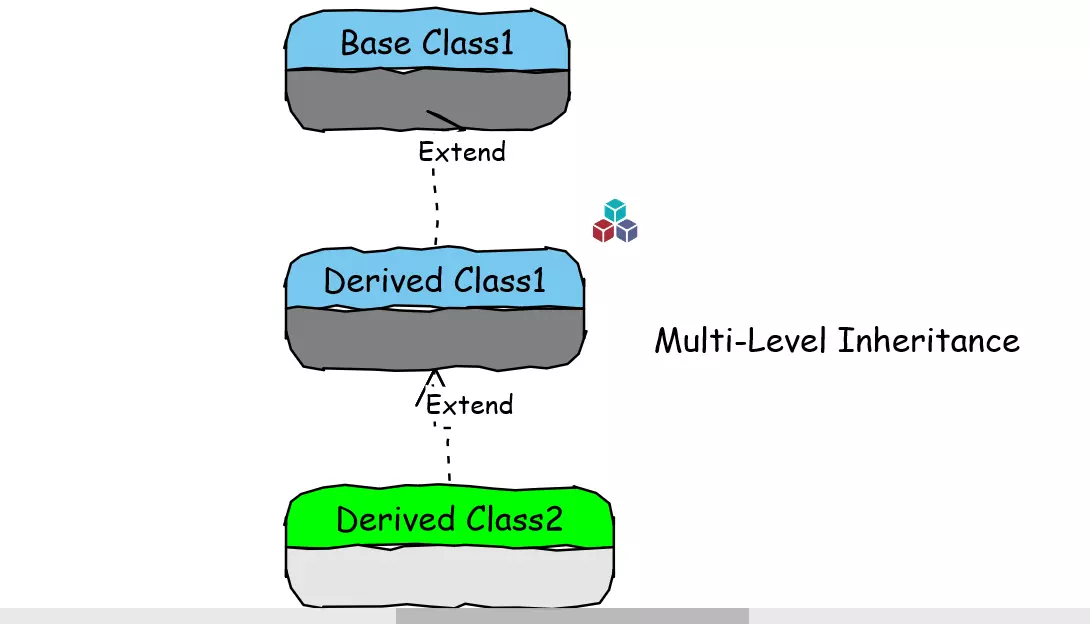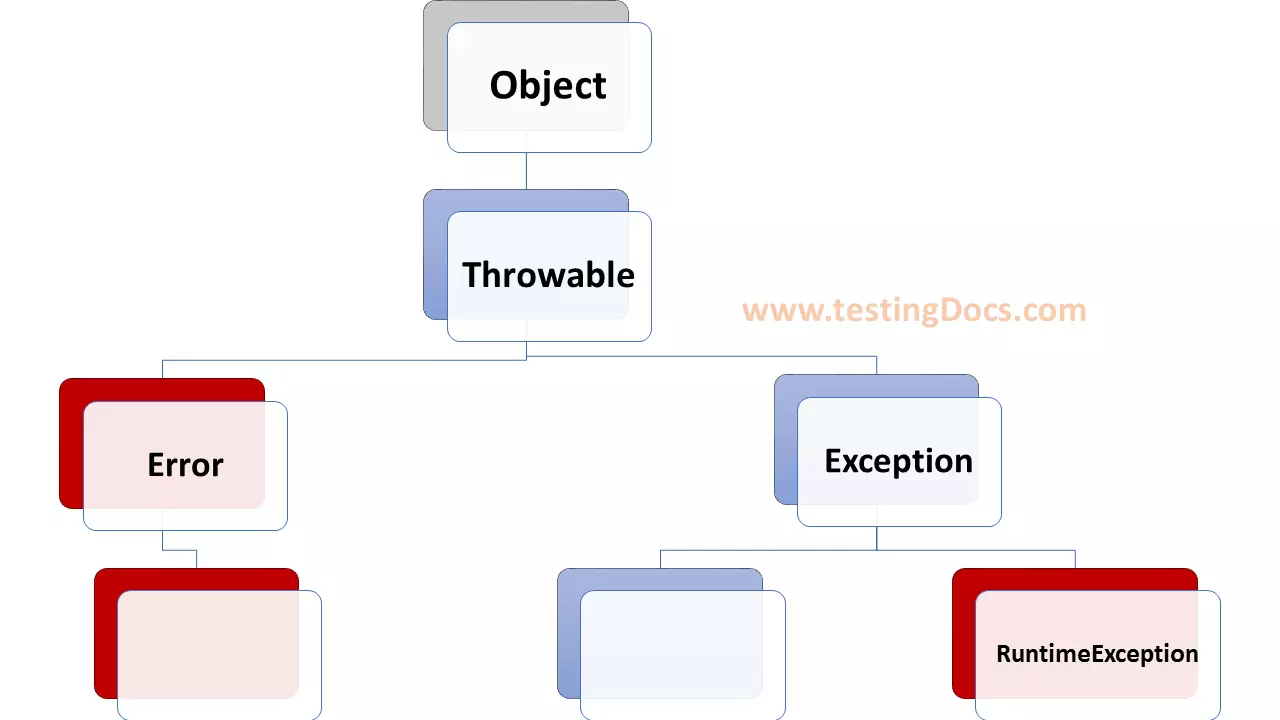Inheritance Examples
Overview
In this post, we will learn about Inheritance and its different forms of it with examples. Inheritance is the most important and powerful feature of object-oriented programming. Using inheritance we can create new classes called sub-classes or derived classes from an existing superclass or parent class.
‘is-a’ or ‘is-an’ Relationship
As a rule of thumb, we use inheritance when the classes have an ‘is-a’ relationship. Let’s consider an example to understand the rule. Let’s say we have an Animal superclass and a Cat class. Now, try to affirm that Cat ‘is-a’ or /’is-an’ Animal. True
So, we can go ahead and use inheritance to design the Cat class that extends the Animal class. In Java, we use the keyword “extends” to extend a class from an existing superclass.
‘HAS-A’ or ‘has-an’
Now let’s consider another example.
Consider class Fan and another class Capacitor. Using the same rule try to ask yourself, Capacitor is a Fan? No
The answer is no this time. So, we may not use the inheritance relationship between the two classes. Even though every fan has a capacitor part inside it. We use the aggregation relationship. Fan ‘has a capacitor part in it.
Single and Multiple Inheritance
When a class is derived or subclassed from one base/super class then it’s called Single Inheritance.

On the other hand, when a sub-class is derived from two or more superclasses then it’s called multiple inheritance. One key point to remember here is that Java doesn’t support multiple inheritance directly. We may need to use interfaces to come across this limitation.

Multi-level Inheritance
When a class is derived from a class that is also derived from a parent class as shown in the picture, this type of inheritance is called multi-level inheritance.

Sample Java Code
package inheritance;
public class BaseClass {
public String classInfo() {
return "BaseClass";
}
}
Derived Class
package inheritance;
public class DerivedClass extends BaseClass {
@Override
public String classInfo() {
return "DerivedClass";
}
public void extraFunctionality() {
System.out.println("This class is derived from " + super.classInfo());
}
//main method
public static void main(String[] args) {
DerivedClass dc= new DerivedClass();
dc.extraFunctionality();
}
}
—
Java Tutorials
Java Tutorial on this website:
https://www.testingdocs.com/java-tutorial/
For more information on Java, visit the official website :





